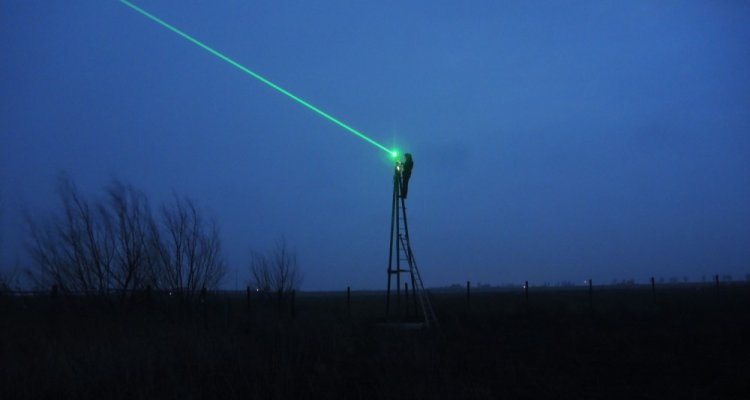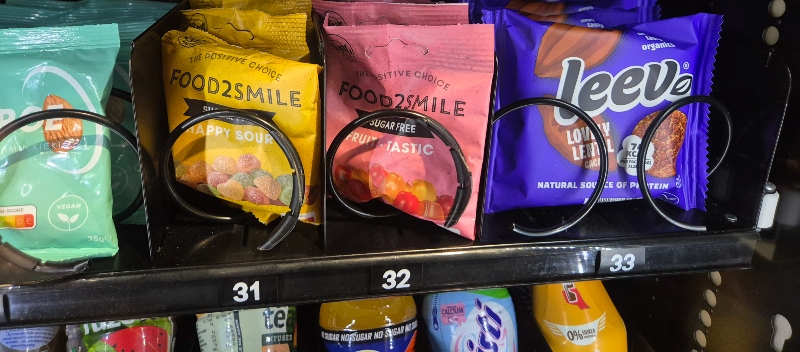Wageningen Bioveterinary Research in Lelystad has conducted a test with lasers to keep wild birds away from poultry farms to mitigate the spread of avian influenza.
Migratory birds pose the greatest threat to poultry farmers because their excrement may spread the bird flu. Prior research already shows that laser beams are effective in keeping wild birds away from airports and landfills.
Outdoor pen
The Wageningen research institute mounted a laser atop a six-metre-high mast last winter. The mast was erected in the outdoor pen of a poultry farm that had previously been affected by avian flu. During the evening and night, the laser shone over the 1.5 hectares large outdoor enclosure. Eight cameras recorded the presence of wild birds during a month with and a month without the laser.
The presence of wild birds in the pen was almost entirely (99.7 per cent) prevented by the lasers.
The experiment showed that wild birds regularly visited the poultry farm’s outdoor pen during the month without lasers, particularly at night. They foraged for food and swam in the puddles in the field. The following day, the chickens would drink from these same puddles, allowing avian influenza to spread. Lasers almost entirely prevented (99.7 per cent) the wild birds from visiting the field. The laser also covered the neighbouring fields, preventing wild geese from infecting the farm with the virus.
Permit
WUR-researcher Armin Elbers expects that lasers will be deployed more frequently against wild birds in the future. However, poultry farmers require a permit under the Nature Conservation law. The research is part of a joint programme with the Ministry of Agriculture, Nature and Food Quality, the Animal Protection Services and WUR.

 Photo: WUR
Photo: WUR 

